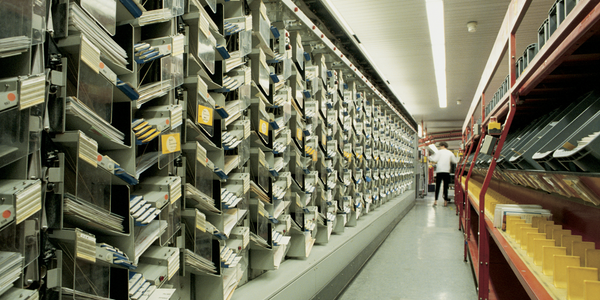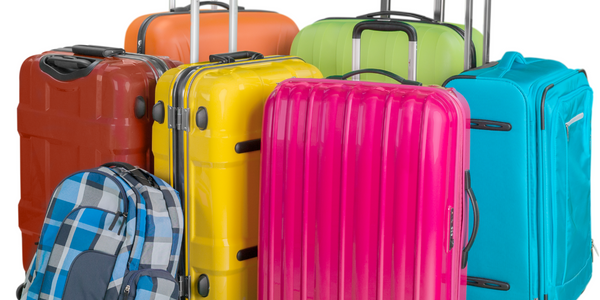Download PDF
Wimbledon 2014: keeping fans on the ball with new insight into every shot
Technology Category
- Analytics & Modeling - Real Time Analytics
- Analytics & Modeling - Big Data Analytics
- Infrastructure as a Service (IaaS) - Cloud Computing
Applicable Functions
- Sales & Marketing
- Business Operation
Use Cases
- Real-Time Location System (RTLS)
Services
- Cloud Planning, Design & Implementation Services
- Data Science Services
- System Integration
The Challenge
The Championships, Wimbledon is the longest-established of the four Grand Slam tennis tournaments, and arguably the most prestigious. Its organisers, the All England Lawn Tennis Club (AELTC), recognise that the best way to celebrate and preserve the tournament’s rich heritage is to ensure that it continues to make history, each and every year. In 2014, The Championships took place at the same time as another of the world’s largest sporting events, the FIFA World Cup. With much of the global sports media saturated with soccer coverage, the AELTC appreciated the challenge of winning and retaining fans’ attention. Mick Desmond, Commercial Director at the AELTC, comments: “The key is to engage the fans by giving them unparalleled access to the tournament, wherever and whenever they want to experience it. We not only want to offer the best possible experience for those who are lucky enough to spend a day at Wimbledon – we want to replicate that unforgettable atmosphere for the millions who are watching on TV or following a match online.
About The Customer
The Championships, Wimbledon is the official name of the annual Grand Slam tennis tournament held in south-west London, which is known to millions of fans around the world simply as Wimbledon. Organised by the All England Lawn Tennis Club (AELTC), it is one of the world’s highest-profile sporting events, and has been a cultural and sporting institution since its establishment in 1877. The tournament is known for its rich heritage and is considered the most prestigious among the four Grand Slam tennis tournaments. The AELTC is committed to preserving the tournament's rich heritage by ensuring that it continues to make history every year. In 2014, the tournament coincided with the FIFA World Cup, one of the world's largest sporting events, presenting a challenge to attract and retain fans' attention amidst the global sports media's saturation with soccer coverage.
The Solution
IBM provided a solution that combined cloud, analytics, mobile and social technologies to ensure that Wimbledon's digital platforms received more visits, achieved more page views, and kept fans online for longer than ever before. The solution involved real-time analysis of each shot in every match, a world first for a major tennis tournament. This was achieved by combining data from multiple sources, including player- and ball-tracking data and the observations of a team of tennis-expert statisticians. IBM also enhanced its SlamTracker live scoring and statistics system, using eight years of historic match data and 41 million individual data-points to refine its predictions of the “keys to the match”. The solution also harnessed social media analytics to help Wimbledon’s digital team shape their coverage of the tournament, focusing on the hottest topics that are fuelling fans’ interest. The Championships’ digital platforms and the Social Command Centre (SCC) are powered by IBM cloud technologies, providing the flexibility to scale up to meet the needs of millions of users during the Wimbledon fortnight, and to scale down again until the resources are needed for the next year’s tournament.
Operational Impact
Quantitative Benefit
Related Case Studies.

Case Study
Leading Tools Manufacturer Transforms Operations with IoT
Stanley Black & Decker required transparency of real-time overall equipment effectiveness and line productivity to reduce production line change over time.The goal was to to improve production to schedule, reduce actual labor costs and understanding the effects of shift changes and resource shifts from line to line.

Case Study
Jaguar Land Rover Speeds Order-to-Cash Cycle
At Jaguar Land Rover, vehicles physically move around the facility for testing, configuration setting, rework and rectification, leading to a longer search time to get each vehicle to its next process facility. The main goal is to minimize the vehicles' dwell time between end of line and the delivery chain which was previously a manually intensive process. Jaguar Land Rover's goal was to build on the success of an earlier RFID project and improve the efficiency of delivering vehicles to meet dealer orders.

Case Study
Improve Postal Mail and Package Delivery Company Efficiency and Service
Postal mail and package delivery company wanted to replace legacy yard management system, increase inbound and outbound yard velocity, improve priority parcel delivery time and accuracy, reduce workload and overtime, reduce driver detention and measure performance and utilization of yard resources.

Case Study
Hospital Management Solution
The Oncology Diagnosis and Treatment Center of Brasov wanted to give patients as much freedom to roam as possible, while at the same time ensuring optimal patient safety and security. The centre was in need of an adequate wireless voice communication and messaging solution that would give patients the confi dence that medical staff is always on call, and reduce stress levels of nurses and doctors when called in case of urgent need.
Case Study
Worker Tracking & Safety Monitoring in Construction
One of the main challenges facing the technology was to create a network within underground tunnels and another was to provide products that can withstand harsh working environment. The team used amplifiers to enhance bandwidth and Litum produced IP67-rated hardware that is durable for harsh working conditions.

Case Study
Samsonite Track&Go
Travellers spend their lives discovering new places and meeting new people from all around the world. It can be such a wonderful experience, but sometimes it can turn into a disaster when your luggage gets lost. In 2014 alone, more than 24 million pieces of baggage were lost. Fortunately, 95% of them were found and returned to their owners. However, that leaves more than 1 million items of baggage that have never been recovered.





